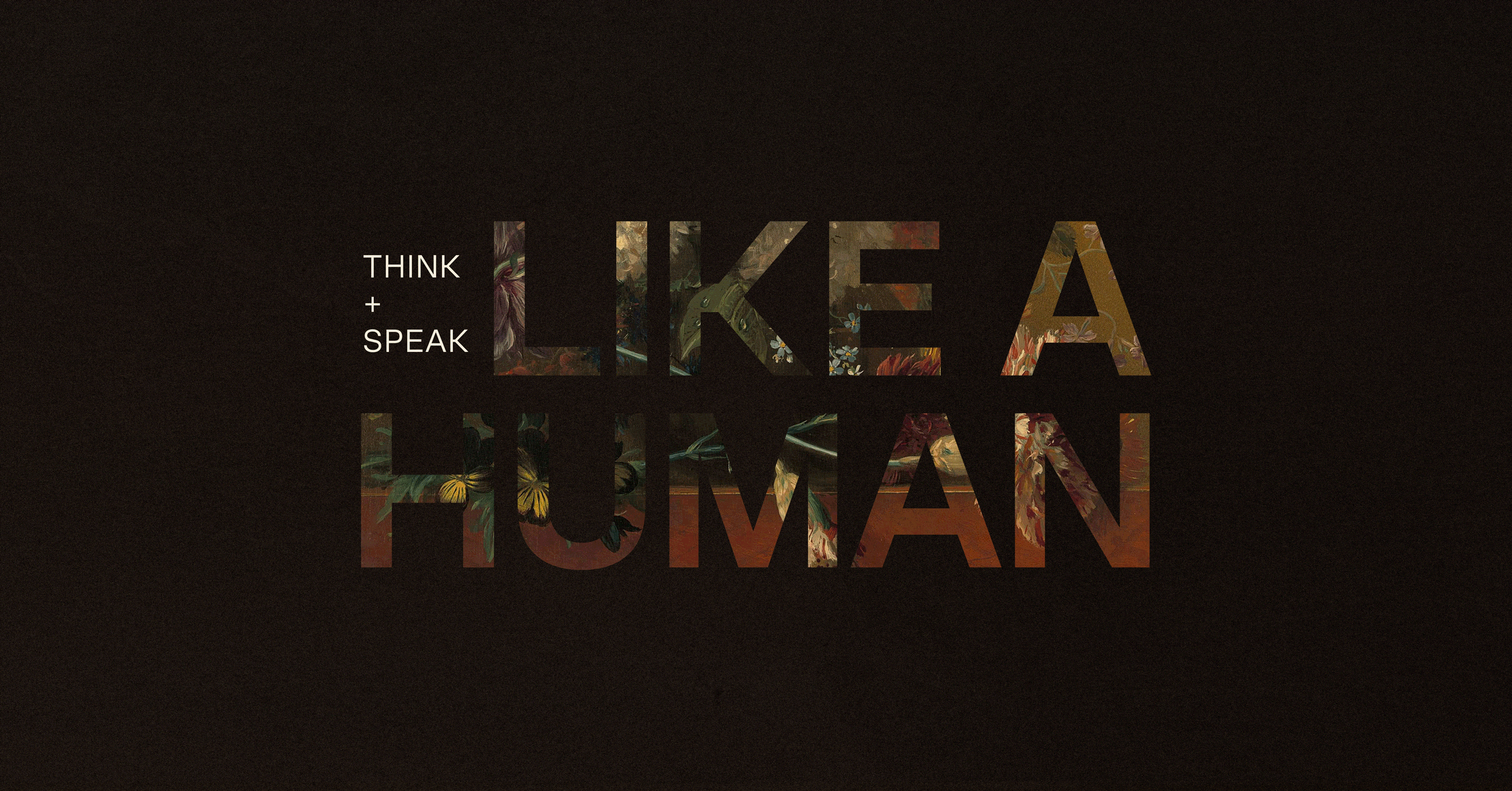Branding plays an significant role in any business, because it’s the quickest way to capture interest (and trust) from your audience. One of the biggest mistakes that can be easily avoided—in any industry—is promising a high-ticket offer while providing a low-ticket brand experience. We understand it can feel overwhelming to keep up with all the buzz and make a meaningful impact with your audience, but there are lots of (attainable) ways to connect with people. In this post we’re going to discuss the lens through which to create a memorable brand image; whether it be at the inception of a new brand or a refresh of an existing one. If anything else, remember this: branding is personality. A brand should feel as well-rounded, intricate, consistent, and authentic as people. Let’s talk about how to craft a distinctive brand image.

KNOW THYSELF
In order to create a sustainable brand, it is important to define your persona. The first step begins by taking a step back to gain insight. Invest some time to gain a deeper understanding of your business, its people, and its core values. What is your mission? What is your promise? These basic principles will be your guidepost throughout any branding process, and all of your marketing assets to follow. It is important to reflect on these questions honestly. Self-awareness is key to finding your place in the market, as well as finding your voice. Once the brand’s persona is fully realized, identity can begin taking shape.
Once you know who you are, you can better define who it is you wish to speak to; know thy audience. Keep your viewers at top of mind for every decision—your brand exists for them, right? So tuning the right cadence depends on who you’re talking to. Pick a tone that fits naturally, decide what you want to say, and make sure your brand speaks with consistency and integrity. Articulate the transformation you promise in simple terms. Defining these fundamentals within your brand identity may be a challenge, and could benefit from guidance via branding agencies; specialists who focus on brand development. (ahem, astute communications, just to name one.)

BE AUTHENTIC
It’s easy to get caught up in what your competitors are doing. However attractive it may be to mirror them, it’s better to follow your own drumbeat. The goal of any brand is to stand out, not blend in. Be different from what you’re seeing in your space. When building your brand image, you can be off-beat and eccentric. Or perhaps it feels more genuine to take a more serious or sophisticated tone. The simplest way to be authentic is to focus on your “Why.” Branding can be used to explain what you do, but showing why you do it is likely far more interesting—lead with that objective. People are first attracted to the vibe a brand emits. Only then do they care to learn about what it offers them or how it works. That first impression is created through aesthetic and tone. After assessing your brand’s true character, finding the appropriate prose and style will come naturally.
Being authentic means being true to self. Brand workshops are built to define the brand’s ‘self’. The information gathered through these conversations guides the development of identity through comprehensive decision-making. This helps to sustain balance. This approach is extremely valuable when developing a brand system. What does this look like? For example, if the brand’s messaging is playful, bright and colorful visuals may complement that well. Conversely, deciding on a more neutral color palette would help maintain balance, prohibiting the brand from appearing whimsy. There’s a lot to say for the myriad of outcomes created by duality and opposition.
While branding can be fun and expressive, it’s only as effective as its deliberate use of strategy. Brand identity includes a lot of moving parts, so it’s easy to lose focus in the details. If at any point it feels inconsistent or misleading, it will fail to garner recognition and trust. Design is thinking, it creates a persona that feels stable and familiar. With a strong strategy it can rain down bliss on your brand.

THINK LIKE A HUMAN
Imagine you’re at a social event; a party. In one room, everyone is talking about how successful they are, how much money they’re making, and how they are the best at what they do. In another room, people are sharing their stories, ideas, and aspirations. Which room do you want to be in? These are the same vibes your brand exudes when making a first impression. It’s why human thinking is so important to lead with. Many companies confuse their accomplishments with their message or value—they’re not the same. Confidence without humility can be damaging. Positioning your brand as the gate-keeper of success does not build trust, it erodes it. Another common mistake we see in brand applications is attempting to jam an entire history or explanation of services through a word-salad slogan. This information can be important, but it comes secondary to the feeling we wish to inspire through branding. Instead of explaining the minutiae of your business, share your leading passion, motivation, and cause. People will want to join that narrative. Don’t build a brand identity around claiming greatness, show that building something takes commitment and standing for something. That’s the impressive part of any business, and this is a much more interesting and memorable conversation than bragging rights. Your brand is a person, and it’s speaking to other people.
SPEAK LIKE A HUMAN
Everyone can spot buzzwords from a mile away. It’s one unfortunate consequence of marketing and practical SEO strategy. The marketing world is saturated with keywords and phrases we’ve grown over time to tune out. This goes for corporate jargon as well. Our browsers, social media, and streaming services have all become a barrage of sales pitches that compete for our very selective (and limited) attention. Because of these circumstances, it’s important to speak like a human.
Think of a brand who you personally align with – you probably don’t remember their precise messaging, or even all the services they offer, but you remember how it makes you feel. If you were recommending a brand to a friend, you would first explain its function/value, but then you’d go on to describe it like a person: compassionate, fun, luxurious, well-researched, organic, expensive, etc. Your brand should be speaking to people as though you’re talking to a friend or a colleague, not a faceless audience. People remember stories and conversations with more detail than they remember isolated facts or statistics; it’s important to provide some context. This is true for visual design, as well. Typeface, color, photography, form and space, illustration and iconography; these all serve as visual reflections of character and culture. Strategic use of these elements creates personality. In the absence of context, design is just decoration. The best brands feel effortlessly curated and fully realized. A harsh but liberating truth to keep in mind is this: you (your opinions) are not the priority, your audience is. When you make people feel seen, it shows you care about them. In exchange, they’ll care about what you have to say.
LET’S SAY IT AGAIN: CHANGE IS GOOD!
Branding and identity don’t have to be such intimidating processes. For a multitude of reasons, businesses shy away from the opportunity to recreate or refine their brand. Creating a memorable brand identity is complex. It includes thinking, talking, planning and introspection, all of which demand precious time and energy. Building good branding is an investment in the long game. For existing brands, it can be especially difficult to embrace change, because change may incur risk. Change also promotes growth. A brand refresh (or reimagination) is an opportunity to do better. People evolve, markets shift, technologies grow, and needs change; so why should branding and identity remain stagnant? Instead of being timid about all the wrong that could happen, we can look to the positive side of change and feel empowered with a proactive approach, rather than a reactive one. For more insights on building an effective brand strategy, check out this post.
